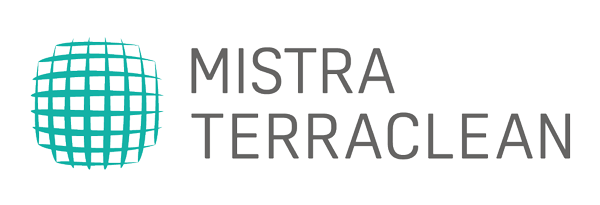The Vision – Establish strong and cross-disciplinary research to solve environmental problems
Our vision is to establish a strong research and innovation environment enabling the development and use of smart materials engineered from indigenous raw materials, to provide substantial contributions to the national environmental and health aims in air and water quality.
The Goal – Bring smart filters to the market
The goal is to develop intelligent, resource- and cost-efficient materials for improved and integrated solutions for managing air quality, water quality and chemicals in industrial and municipal operations. It concerns removal of heavy metals, SOx, NOx and other inorganic substances as well as organic substances (persistent organic pollutants, drug metabolites), and fouling microorganisms. By smart materials in this context we mean engineered structures with integrated systems able to respond in a controlled way to external stimuli to achieve the following effects:
- Characterize the condition of a filter with respect to integrity, state of health, biofilm, and/or degree of saturation interactively in mode of operation and provide direct response.
- Control the filter by stimuli-responsive properties. The materials respond to and perform in a controlled fashion based on operating stimuli by changing e.g. voltage, pH, illumination, pressure, salt, temperature, or ion strength.
These materials will be tested in pilot experiments aimed at demonstrating feasibility, effectively, safety and economy.
True impact
The need for environmental monitoring has become increasingly vital to safeguard the community and the environment from the harmful effects of toxic contaminants and pathogens released into air, soil, and water from chemical wastes, persistent pesticides, oil spills and manufacturing wastes. Accurate detection/monitoring and the removal of common airborne pollutants like NOx and CO, waterborne harmful agents like pathogens, metal ions, have already attracted worldwide attention and should be an active area of green technology.
Today, in addition to products that are both energy efficient and cost effective, industries are looking to enhance their contribution to a better environment by making a smaller environmental footprint when it comes to the very materials. Sustainable materials are key to the Mistra TerraClean program.
The economic value of this would be immense. The potential for capturing the nitrogen from mining is calculated to be at least 500 tons/year and most certainly it could be addressed with the suggested new concepts. An international market potential would be huge in this area, worth several hundred million of SEK per year.
The smartly engineered filtration materials detailed in this project form the backbone of a number of novel applications in improving air and water quality, in a number of “real-world” scenarios of national importance. The production and use of these novel materials requires assessment of potential negative impact on human and environmental health.
The scientific skill base, methods and processes used in such investigations also underlie efforts to assess the potential positive impact of the materials on the specific health and environmental aims and standards addressed in each case study. Finally, this skill base and experience also supports a variety of interactive activities between the consortium and different national societal stakeholders, including policy makers, regulatory authorities, commercial interests and the general public, all vital in anchoring the impact of the consortium and its findings in future national commercial competitiveness, hand in hand with a sustainably improved environment.
The Mistra TerraClean program and its outcomes are hence highly relevant and aim to provide cost-effective treatment methods based on material solutions for a range of timely and global concerns:
- Chemical and microbiological barriers: microbial barriers for resource-efficient reduction of pathogens (protozoa, bacteria and virus) as well as methods to assess the effectiveness of these barriers are urgently needed. New knowledge is required about the combination of microbiological barriers needed to meet future challenges. The barriers against chemical pollutants such as heavy metals, uranium, petroleum products, algal toxins, pesticides and drug residues require improvement to maintain function under different operating conditions and in different steps of the treatment process
- Reduction of natural organic matter: Efforts are needed to develop more effective and safe treatment technology for removal of organic pollutants, such as membrane technology.
